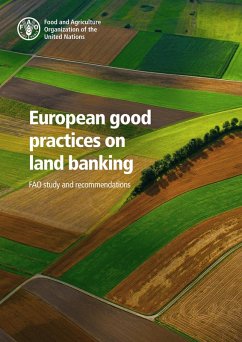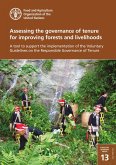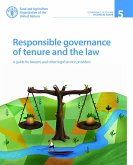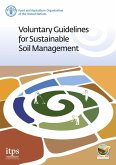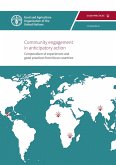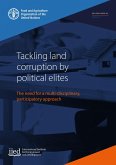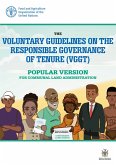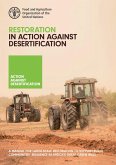Many countries in Western Europe have a long tradition of applying land banking as part of the integrated toolbox of land management instruments. As with land consolidation, the traditional purpose of land banking has been to support agriculture and rural development by reducing land fragmentation and facilitating the enlargement of farms. In Western Europe, the objectives of land banking have developed over the last decades, and today, in several countries, the instrument is applied in a multi-purpose approach together with land consolidation. In most countries, land banking shares the objectives of land consolidation, which in addition to continued agricultural development, supports the implementation of public projects in rural areas where private landowners and farmers are requested to give up agricultural land, for example, in connection with the construction of infrastructure projects such as highways and railways or for the implementation of public projects related to nature restoration, afforestation or climate change adaptation and mitigation.
In a few Western European countries, land banking is also applied on use rights, where a lease facilitation approach connects owners of agricultural land not using their land and often leaving it abandoned, with local farmers interested in farming more land.
This study first analyses and identifies good European practices on land banking, discusses experiences from the introduction of land banking instruments in countries in Central Europe. Finally, it provides policy recommendations for the introduction of land banking, with a focus on countries in Eastern Europe and Central Asia.
Dieser Download kann aus rechtlichen Gründen nur mit Rechnungsadresse in A, B, CY, CZ, D, DK, EW, E, FIN, F, GR, H, IRL, I, LT, L, LR, M, NL, PL, P, R, S, SLO, SK ausgeliefert werden.

